Day 21: Ribbons. Cups. Liver.
The ire of yesterday’s crème disposal was mitigated as soon as we had finished churning our second ice cream flavor, which we performed at the very beginning of class. We crushed the cashew brittle, our secret weapon, into tiny chunks, and folded it into our vanilla ice cream. The class did not hesitate in showing its appreciation, immediately setting upon it.
We then hastily proceeded to the logical next chapter in frozen desserts: sorbet. Sometimes referred to by the far less attractive name “water ices,” sorbets, it turns out, contain gelatine, a great surprise to me personally, and a problem for our few vegetarian students. A small amount of gelatine does, however, add inimitable smoothness to the texture of a sorbet. So if, like me, you’ve made sorbet successfully at home, and been pleased but not overwhelmed by the texture, try throwing in the tiniest bit of gelatine. It allows the consistency to far more closely mimic that of its dairy-laden cousin. The flavor which jumped out from our texts, to both my partner and to me, was tangerine. At the end of churning, we folded in a port wine syrup. This gave the pale orange sorbet a deep maroon marbling, and the sultry ribbons of deep and gracefully lingering flavor were a perfect complement to the brightness of the citrus. Chef winked when he tasted it, so I took that as a good sign. If you would like to make a port wine syrup at some point, please take the following under advisement. Bring the port gently to a boil, and then reduce it to a mere simmer. After a while, this simmer devolves, and you’ll have nothing more than a static pot of hot wine. Increase the heat only slightly at this point, and stay handy, because the simmer returns shortly and, the moment it seems stable and you walk away, a furious boil ensues. I couldn’t decide to be proud or embarrassed when the smell of our burning wine drew people in from other classrooms, to see what was the matter.
During the previous class, we had made pizzelle, those round, flat, ridged Italian cookies. This seemed like a non sequitur until we shaped them into cones – a fun exercise in burning one’s fingertips. We continued on the theme of manually molding very hot things yesterday, with what are called tulipes. These very thin, moldable cookies will presumably be used at some point as containers for our sorbet. They’re very annoying to make, which you do by spreading the rather thick batter over plastic templates. You then remove the templates, and decorate and bake the cookies. When they’re just out of a hot oven, you remove them from their sheet and shape them. Naturally, when they’re cool enough to handle comfortably, they are too hard to mold without breaking – an experience similar to the one we had making pizzelle. I feel that my fingers have started to build up some resistance, but clearly there’s a long way to go.
There was a graduation ceremony during our class last night, in the wine room next door. The previous evening, we had used our cheesecake as a bartering tool with the culinary classes. This might be the second-best way to use cheesecake, as it led to fish and chips – and humongous fried oysters – for everyone. In stark contrast to that, we were treated last night to pâtés of chicken liver and duck liver, wedges of tortillas laden with fresh chorizo, cold asparagus soup, and slices of foie gras with green tomato sauce. It was naughty, and delightful.
If not so sweet as usual.
Thursday, January 11, 2007
Subscribe to:
Post Comments (Atom)



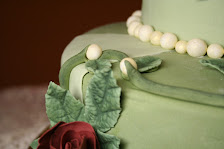

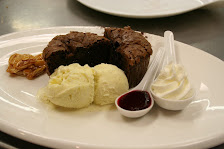
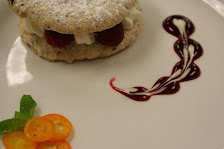
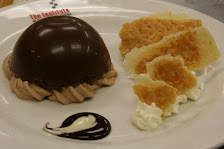
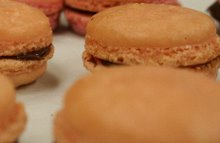
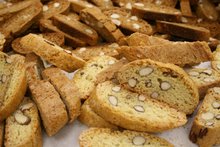
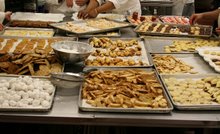



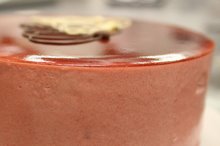



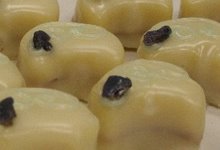
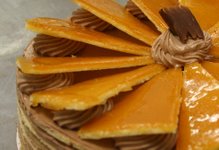



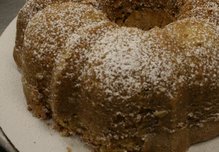
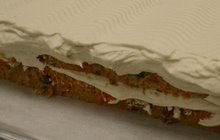


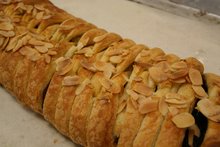






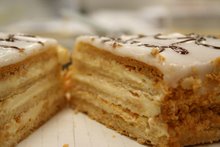
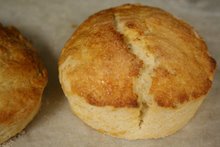


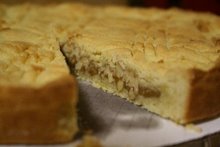












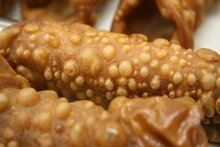


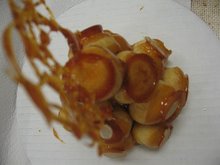
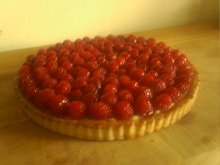


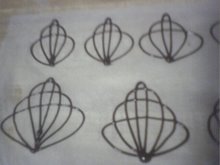


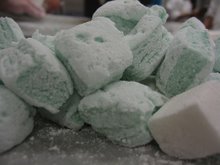

No comments:
Post a Comment